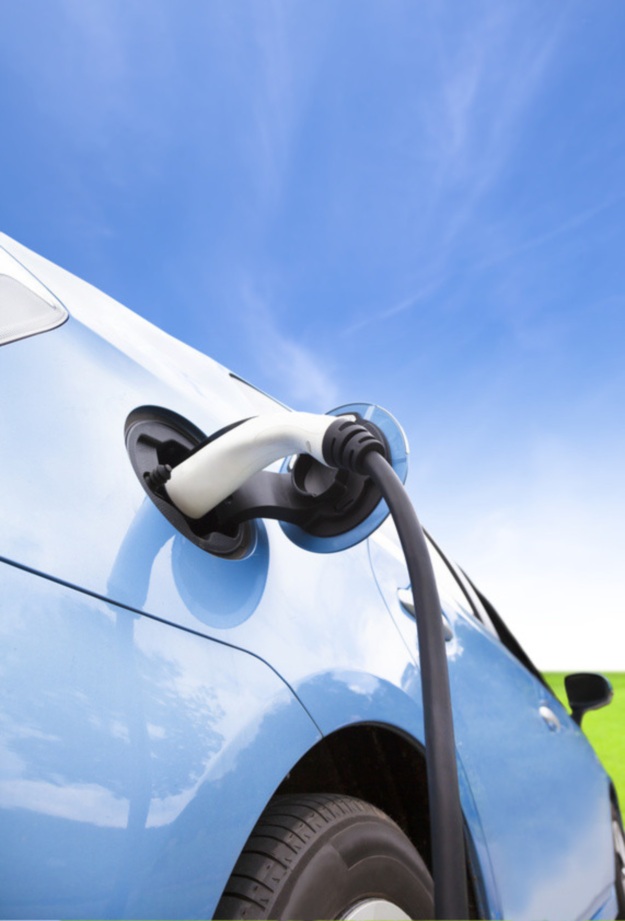One of the things holding electric vehicles (EVs) back right now is the inability for a car to be able to travel more than 100 miles on a single charge.

The goal is 300 miles or more, and in order to achieve this benchmark, engineers and scientists everywhere have been working on ways to improve the lithium-ion technology used in today’s EVs.
One idea that’s beginning to gain some traction was recently presented at the 247th National Meeting & Exposition of the American Chemical Society.
The solution: a battery that “breathes.”
The technology focuses on lithium-air batteries, which, as compared to lithium-ion batteries, replace the traditional cathode with air. This makes the battery not only lighter, but gives it the ability to potentially pack more energy than its commercial cousin.
“Lithium-air batteries are lightweight and deliver a large amount of electric energy,” said Nobuyuki Imanishi, Ph.D. “Many people expect them to one day be used in electric vehicles.”
One of the things holding lithium-air batteries back is the technology’s electrolytes. At present, there are four electrolyte designs, one of which involves water. The advantage of this more “aqueous” approach, if you will, is that it protects the lithium from interacting with gases in the surrounding atmosphere and enables fast reactions at the air electrode as well.
In terms of downsides, should the water come in direct contact with lithium, the battery will be damaged.
There is potential with this technology though, at least in the eyes of Dr. Imanishi. During the course of their research into the lithium-air battery, they discovered that by adding a protective material to the lithium metal, the battery saw a fairly sizeable decrease in power. To address this issue, the group instead took a layered approach; that is, they sandwiched a polymer electrolyte with high conductivity and a solid electrolyte in between the lithium electrode and watery solution.
The result of their designed solution was a “breathable” battery that packed almost twice the energy storage capacity (measured in watt hours per kilogram) as a lithium-ion battery.
“Our system's practical energy density is more than 300 Wh/kg,” Imanishi said. “That's in contrast to the energy density of a commercial lithium-ion battery, which is far lower, only around 150 Wh/kg.”
Dr. Imanishi’s approach shows a lot of promise — the battery displays a high conductivity of lithium ions, as well as the ability to discharge and recharge 100 times. Given this high rate of efficiency, plus the low costs it takes to produce it, his group foresees a day where the technology even finds its way into homes.
Power output is still a kink that needs to be worked out with this technology, but given their momentum, Dr. Imanishi is confident they’ll be able to figure out a solution soon.
If not, they’ll explore other options, but as Dr. Imanishi explained, they’re going to stay committed to the technology, until the day they see lithium-air batteries become a reality.
Story via: eurekalert.org
Advertisement
Learn more about Electronic Products Magazine





